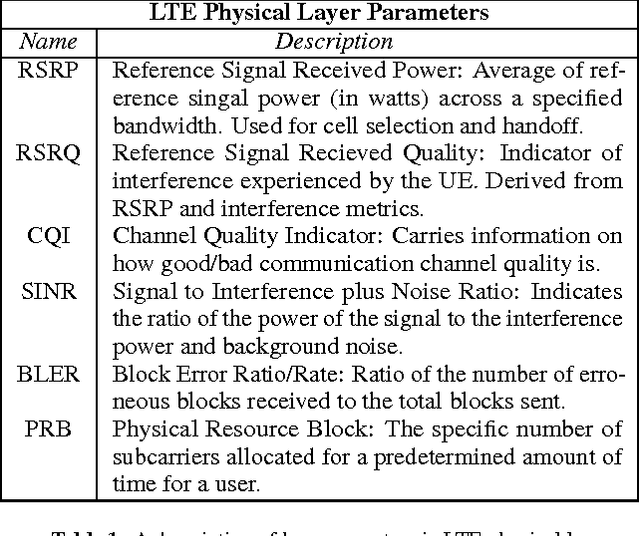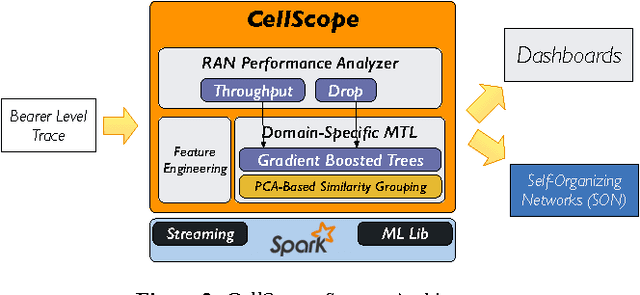Anand Padmanabha Iyer
ReInc: Scaling Training of Dynamic Graph Neural Networks
Jan 25, 2025Abstract:Dynamic Graph Neural Networks (DGNNs) have gained widespread attention due to their applicability in diverse domains such as traffic network prediction, epidemiological forecasting, and social network analysis. In this paper, we present ReInc, a system designed to enable efficient and scalable training of DGNNs on large-scale graphs. ReInc introduces key innovations that capitalize on the unique combination of Graph Neural Networks (GNNs) and Recurrent Neural Networks (RNNs) inherent in DGNNs. By reusing intermediate results and incrementally computing aggregations across consecutive graph snapshots, ReInc significantly enhances computational efficiency. To support these optimizations, ReInc incorporates a novel two-level caching mechanism with a specialized caching policy aligned to the DGNN execution workflow. Additionally, ReInc addresses the challenges of managing structural and temporal dependencies in dynamic graphs through a new distributed training strategy. This approach eliminates communication overheads associated with accessing remote features and redistributing intermediate results. Experimental results demonstrate that ReInc achieves up to an order of magnitude speedup compared to state-of-the-art frameworks, tested across various dynamic GNN architectures and real-world graph datasets.
Lynx: Enabling Efficient MoE Inference through Dynamic Batch-Aware Expert Selection
Nov 13, 2024



Abstract:Mixture-of-Experts (MoE) architectures have recently gained popularity in enabling efficient scaling of large language models. However, we uncover a fundamental tension: while MoEs are designed for selective expert activation, production serving requires request batching, which forces the activation of all experts and negates MoE's efficiency benefits during the decode phase. We present Lynx, a system that enables efficient MoE inference through dynamic, batch-aware expert selection. Our key insight is that expert importance varies significantly across tokens and inference phases, creating opportunities for runtime optimization. Lynx leverages this insight through a lightweight framework that dynamically reduces active experts while preserving model accuracy. Our evaluations show that Lynx achieves up to 1.55x reduction in inference latency while maintaining negligible accuracy loss from baseline model across complex code generation and mathematical reasoning tasks.
Fast and Accurate Performance Analysis of LTE Radio Access Networks
May 17, 2016



Abstract:An increasing amount of analytics is performed on data that is procured in a real-time fashion to make real-time decisions. Such tasks include simple reporting on streams to sophisticated model building. However, the practicality of such analyses are impeded in several domains because they are faced with a fundamental trade-off between data collection latency and analysis accuracy. In this paper, we study this trade-off in the context of a specific domain, Cellular Radio Access Networks (RAN). Our choice of this domain is influenced by its commonalities with several other domains that produce real-time data, our access to a large live dataset, and their real-time nature and dimensionality which makes it a natural fit for a popular analysis technique, machine learning (ML). We find that the latency accuracy trade-off can be resolved using two broad, general techniques: intelligent data grouping and task formulations that leverage domain characteristics. Based on this, we present CellScope, a system that addresses this challenge by applying a domain specific formulation and application of Multi-task Learning (MTL) to RAN performance analysis. It achieves this goal using three techniques: feature engineering to transform raw data into effective features, a PCA inspired similarity metric to group data from geographically nearby base stations sharing performance commonalities, and a hybrid online-offline model for efficient model updates. Our evaluation of CellScope shows that its accuracy improvements over direct application of ML range from 2.5x to 4.4x while reducing the model update overhead by up to 4.8x. We have also used CellScope to analyze a live LTE consisting of over 2 million subscribers for a period of over 10 months, where it uncovered several problems and insights, some of them previously unknown.
 Add to Chrome
Add to Chrome Add to Firefox
Add to Firefox Add to Edge
Add to Edge